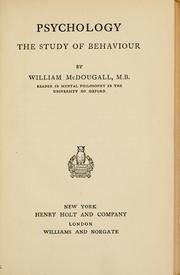
Photo from academic.microsoft.com
Words that share form and meaning across two or more languages (i.e., cognates) are generally processed faster than control words (non-cognates) by bilinguals speaking these languages. This so-called cognate effect… Click to show full abstract
Words that share form and meaning across two or more languages (i.e., cognates) are generally processed faster than control words (non-cognates) by bilinguals speaking these languages. This so-called cognate effect is considered to be a demonstration of language non-selectivity during bilingual lexical access. Still, research up till now has focused mainly on visual and auditory comprehension. For production, research is almost exclusively limited to speech, leaving written production out of the equation. Hence, the goal of the current study was to examine whether bilinguals activate representations from both languages during typewriting. Dutch-English bilinguals completed second-language written sentences with names of displayed pictures. Low-constraint sentences yielded a cognate facilitation effect, whereas high-constraint sentences did not. These findings suggest that co-activation of similar words across languages also occurs during written production, just as in reading and speaking. Also, the interaction effect with sentence constraint shows that grammatical and semantic sentence restrictions may overrule interlingual facilitation effects.
Journal Title: Frontiers in Psychology
Year Published: 2021
Link to full text (if available)
Share on Social Media: Sign Up to like & get
recommendations!